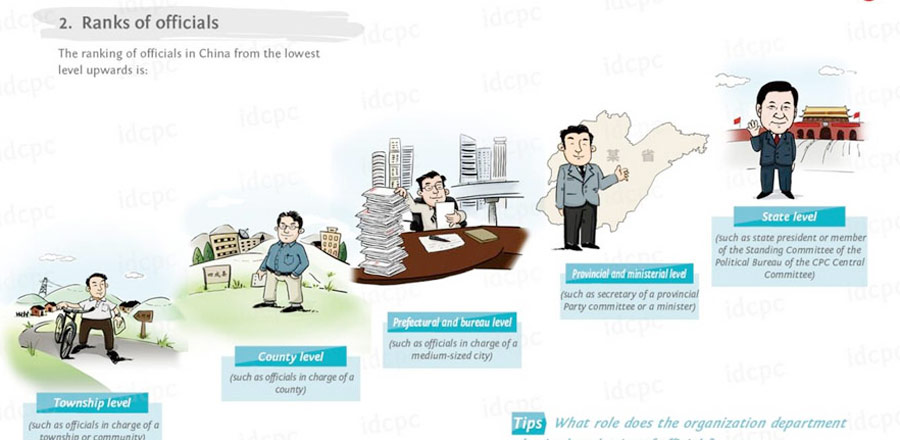
This is not to say that what China needs is more real estate investment. According to the National Bureau of Statistics, China had 718 million square meters of unsold commercial and residential floor space at the end of 2015; when space under construction is factored in, inventory expands to more than 5 billion sq m. With an average of only 1.2 billion sq m of housing being sold each year, the best way to reduce this supply glut is clear: limit future construction. One of the most important reasons for the recent investment surge was abundant liquidity driving speculative demand-and that is hardly sustainable.
But not all investment is created equal. Infrastructure investment, in particular, may well be the key to tackling China's economic woes. After all, such investment, which grew at 19.6 percent in the first quarter of 2016, has already proved to be a critical driver of economic growth-and, unlike real estate investment, it has not worsened China's resource allocation or set the stage for major imbalances.
When there is slack in the economy, the only way to escape the debt-deflation trap is to grow strongly. Given that China is saddled with large local-government and corporate debts, but also enjoys large domestic savings and a strong fiscal position, this message could not be more pertinent. In an ideal world, domestic consumption would serve as the main engine of growth; under current circumstances, infrastructure investment is the most reliable option.
In the short term, when overcapacity and deflation are the main obstacles, infrastructure investment boosts growth through the economy's demand side. In the long run, it operates through the supply side to boost productivity and thus raise growth potential. China can fund such investment with fiscal deficits, given strong demand for government bonds. And, with China's major banks still State-owned, and capital controls still in place, the risk of an imminent financial crisis is very low.
Of course, the Chinese government must uphold its commitment to implement structural reforms. But infrastructure investment is also badly needed, not just to prevent the economy from sliding further, but also to enable China to generate the sustained long-term growth that it requires to achieve the status of a developed country.
The author is former president of the China Society of World Economics and director of the Institute of World Economics and Politics at the Chinese Academy of Social Sciences.
Project Syndicate














